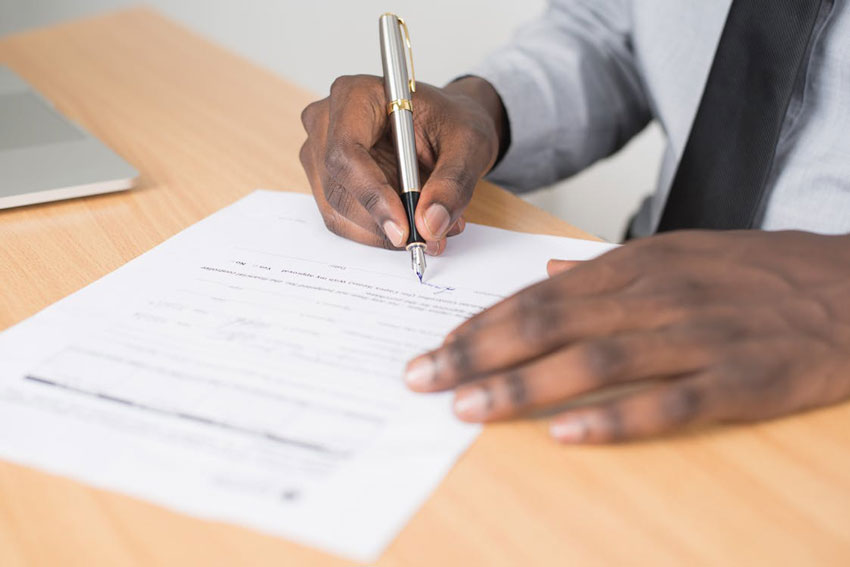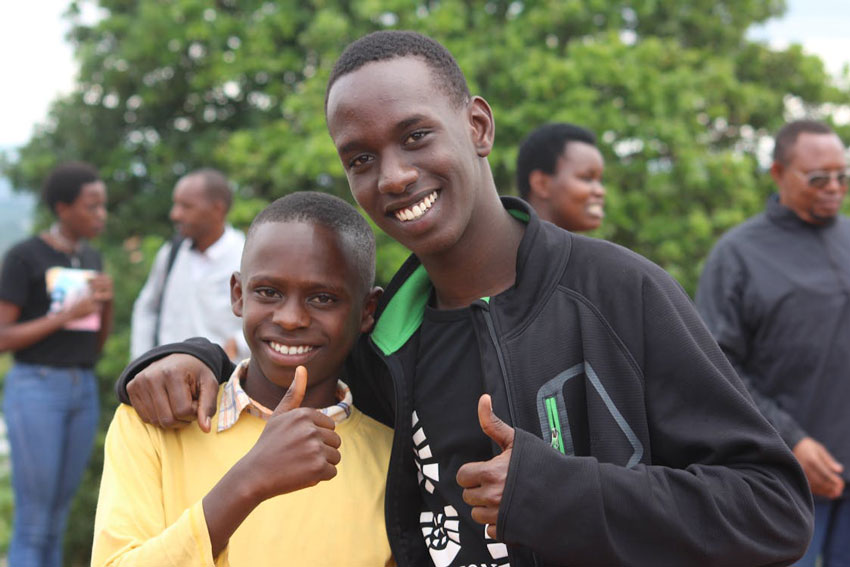Getting into a US college is hard enough. Figuring out the visa process shouldn’t make it harder.
If you’re an international student, you probably have questions, and lots of them. Which visa do you need? When should you apply? How much does it cost? What if your visa gets denied?
We’ll walk you through everything you need to know to apply for a US student visa, from the types available to what paperwork you’ll need.
How Many Types of Student Visas Are There in the US?
The United States issues three main student visas: F, J, and M. Each one serves a different purpose, so selecting the right one matters.
| Feature | F-1 Visa | M-1 Visa | J-1 Visa |
| Visa Type | Academic Student | Vocational Student | Exchange Visitor |
| Purpose | Full-time academic studies | Full-time vocational or non-academic studies | Cultural and educational exchange programs |
| Typical Programs | University, college, high school, language school | Technical, trade, vocational programs (e.g. culinary school) | High school exchange, university research, au pair, camp counselor |
| Work Eligibility | On-campus and limited off-campus work (with authorization) | No employment allowed | Limited work (dependent on program rules) |
| Length of Stay | Length of program + 60 days | Length of program + 30 days | Program length + 30 days |
| Dependents Allowed | Yes (F-2 Visa) | Yes (M-2 Visa) | Yes (J-2 Visa) |
| Form Issued by School | Form I-20 | Form I-20 | Form DS-2019 |
F-1 Visa (Academic Student)
By far the most common type of visa, the F-1 student visa is issued to full-time international students attending an academic institution, such as a university, college, high school, or language school. If you’re planning to study in the US long-term or earn a degree, you’ll likely need an F-1 visa.
M-1 Visa (Vocational Student)
M-1 visas are meant for students enrolled in non-academic or vocational programs, such as culinary school, mechanical training, or other job-focused courses that do not lead to a degree.
J-1 Visa (Exchange Visitor)
The J-1 visa is for short-term cultural or educational exchange programs. For this type of visa, you’ll mostly have high school exchange students, college-level researchers, camp counselors, and au pairs fall under this category.
Other Visa Types You Might Run Into
- F-2, M-2, J-2 Visas: These are for your spouse or children (if they’re joining you).
- F-3 and M-3 Visas: These are for Mexican and Canadian students who commute across the border to attend school.
Student Visa Requirements
Before the US issues you a student visa, they want to make sure you’re serious about studying and capable of supporting yourself while you’re here.
To get approved for a student visa, you need to show:
- You’re enrolled in a SEVP-approved school (that’s the Student and Exchange Visitor Program, basically, a list of institutions the US recognizes for visa purposes).
- You can speak, read, and understand English well enough to succeed, or your school will help you build those skills.
- You can afford tuition, housing, and other basic costs.
- You plan to go back home after your studies. Something that helps immensely is being able to show ties to your home country, like family, property, or a job waiting for you.
Once your school accepts you, they’ll send a Form I-20 (or DS-2019 for J-1 visas) to fill out.
How Much Does a Student Visa Cost?
The current F-1 and M-1 visa application fee is $185 to submit your application.
You will also need to pay the SEVIS I-901 fee, which is $350 for F and M visas, or $220 for J visas. This is a separate fee and is required before you attend your visa interview.
Some students may also face visa issuance fees based on their nationality, which should be inquired about at your local embassy (you can also see a list of fees here).
| Fee Type | Amount (USD) |
| Visa Application Processing (MRV) | $185 |
| SEVIS I‑901 Fee (F‑1, M‑1 students) | $350 |
| SEVIS I‑901 Fee (J‑1 exchange students) | $220 |
| J‑1 Waiver Application (Hardship Waiver) | $120 |
| Visa Issuance Fee (reciprocity-based) | Varies by nationality |
Additionally, don’t forget about other costs such as passport photos, document shipping, or translations. While these costs are not significant, they can certainly add up if you haven’t properly budgeted for them.
What Does the Application Process Look Like?

Applying for a US student visa is not something you can knock out in an afternoon. There are forms, fees, and a few nerves along the way, especially during the interview. But if you know what to expect and give yourself enough time, it’s doable.
The steps below are what most international students go through when applying for an F-1 visa. Keep in mind, the exact process might vary depending on your visa application, country, embassy, or even the time of year.
Here’s what the visa process looks like from start to finish:
1. Get Accepted By A SEVP-Certified Institution
Before you submit your visa application, you’ll need to find a SEVP-certified US university/school/educational program, which tells the government that the school meets certain academic and administrative standards.
After you’re admitted, your school will send you a Form I-20, which spells out your program details, start date, and how long you’ll be in the US. This form is required to pay your SEVIS fee and schedule your visa interview.
2. Pay Your SEVIS Fee
You’ll need to pay the $350 SEVIS fee, which you can pay here.
3. Complete Your DS-160 Application
Go to the Consular Electronic Application Center and fill out the Nonimmigrant Visa Application (Form DS-160), which should take around 90 minutes to complete and cost $185, which, combined with the SEVIS fee, totals $535.
When you’re done, submit it online and print the confirmation page. You’ll need that later.
4. Schedule Your Visa Interview
Once your DS-160 is sent, the next thing you need to do is book an interview at your nearest US embassy or consulate. Students between 14 and 79 will need an in-person interview, and these slots fill up fast, and can take months before it’s your turn. The earlier you start the application and schedule your interview, the better.
5. What Documents You Will Need For Your Interview
This is the part where you want to triple-check everything. Showing up to your interview missing even one form can delay the whole process, or worse, get you turned away.
You’ll need:
- A valid passport (make sure it won’t expire any time soon)
- Your DS-160 confirmation page
- Your SEVIS fee payment receipt
- Form I-20 (or DS-2019 if you’re on a J-1 visa)
- One passport-style photo (follow the embassy’s photo rules closely—they’re strict)
- Proof that you paid the visa application fee
- Bank statements or financial documents to show you can afford tuition and living expenses
- Any academic documents your interviewer might ask about, like transcripts, test scores, diplomas, or certificates
Put everything in a folder you can carry easily. It helps to bring photocopies, too, just in case something gets misplaced or the interviewer asks to keep a copy. Being over-prepared here is always better than not.
6. Go to Your Interview
When interview day comes, show up on time, dress neatly, and answer questions honestly.
The consular officer isn’t there to trick you or even deny your application; they’re just trying to confirm three things: that you’re a real student, that you can afford to study in the US, and that you plan to return home after your program ends.
Be ready to explain why you picked your school, what you’ll study, and what your future looks like after graduation.
7. Pay Any Final Fees
The last step is paying any additional fees if you’ve been approved!
You already paid the application fee and SEVIS fee, but some countries also have visa issuance fees, which are paid after approval.
Once everything is done, your visa will be printed inside your passport (typically) and returned to you by mail or pickup.
Pro Tips That Will Help You Apply for a Student Visa

- Start the application process easier than you think you need to. Visa processing can be shockingly slowly.
- Hold off on booking flights until your visa is in hand.
- Check the rules for your specific embassy or consulate since every location runs a little differently.
- Don’t stress about sounding perfect in the interview.
- Make copies of everything.
Apply for a Student Visa with Our Help
Applying for a US student visa can feel intimidating, but it’s completely worth it. Your education is the goal; this is just the paperwork that gets you there.
If you need support, Shuri Education is here to help! Schedule a free consultation and get expert guidance every step of the way to make your application process as simple and stress-free as possible.


